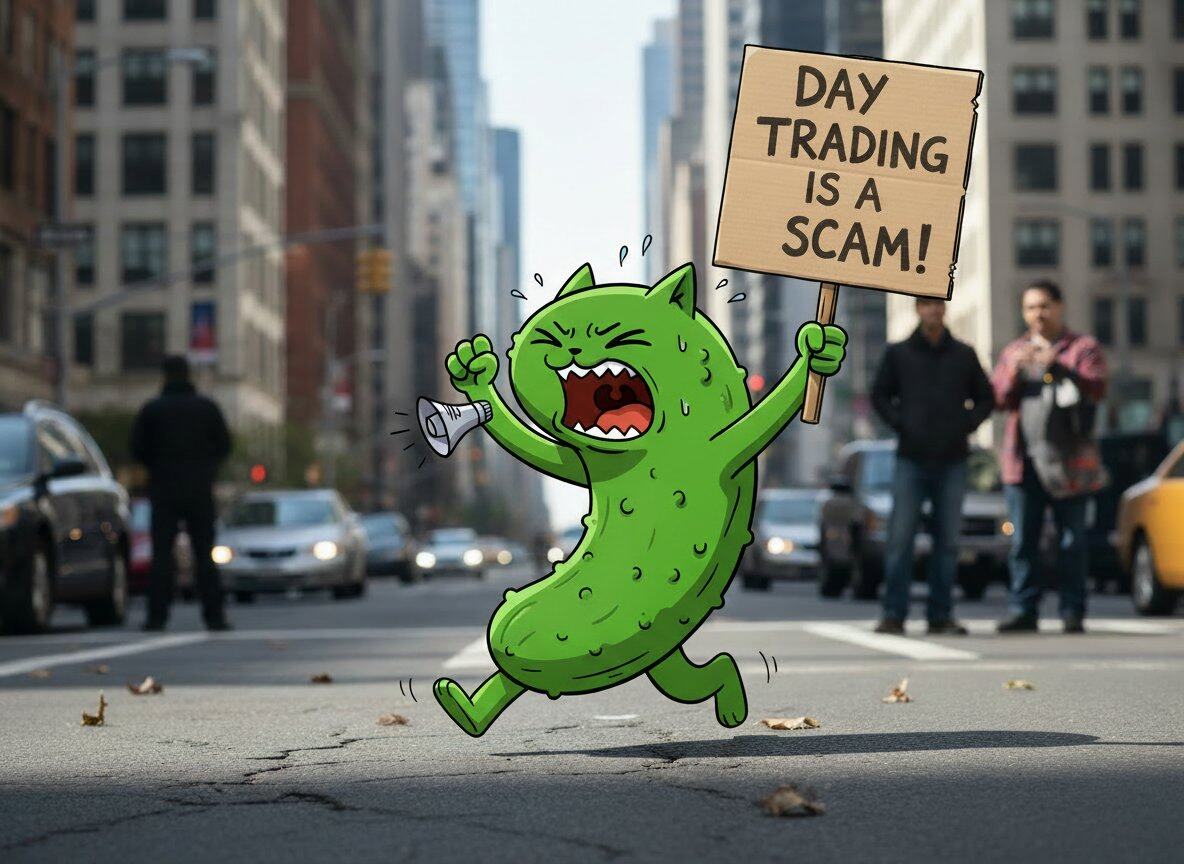Foresight Ventures: Breaking the "Walled Garden", Web3 Reshaping the Social Paradigm
Summary
Summary
Web3 social needs more Crypto-native innovative gameplay, not Web2 Copycat. The transformation of the social paradigm will be a social renaissance from "platform-centric" to "user-centric". The new narrative includes five key themes: social graph, decentralized identity, privacy protection, composability, tokens We are still in the early days of social paradigm change.
The social track can be divided into four layers from bottom to top: data layer, protocol layer, privacy layer and application layer. Among them, the protocol layer is the core. The protocol layer is optimistic about the social protocol and basic data network that can continue to attract users to generate new relationships, identities, and honors for a long time. The application layer is optimistic about social applications that can form sustainable tokenomics. In addition, the social relationship formed by soul-bound tokens (SBT) may take into account composability and weak financial attributes, and return the core value of social tokens on the chain to the relationship proof itself, becoming a truly effective social certificate
What should a Web3 decentralized social network look like?
Today, many Web3 social products still follow the Web2 business model, but it is difficult to fight alone. What we need is not copycats such as Web 3 Twitter and Web 3 Facebook, but more native innovative gameplay.
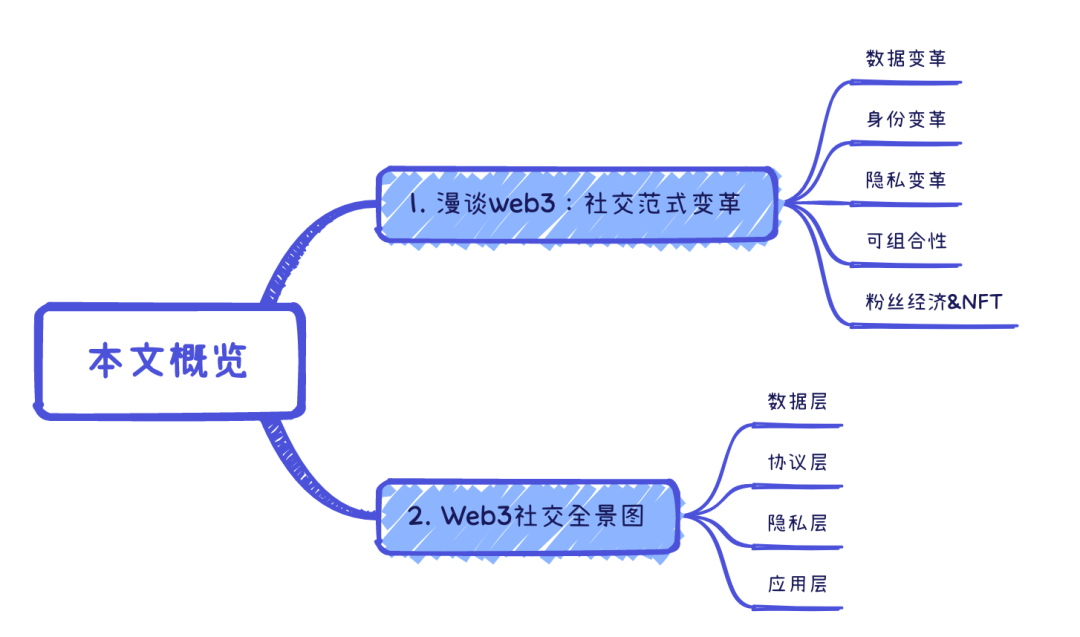
Talking about Web3 Social Paradigm Change
Everyone in Web2 lives in the "walled garden" cast by the social giants. The longer the user stays in the "walled garden", the better the creators of the "wall" will understand them, but once we go to another garden, we must Ditch all social connections and data, and leave the house. It will be possible to create a more just, free and equal Internet environment in Web3.
Just as the European Renaissance brought about the change of humanist thought from "God" to "Human", the evolution from Web2 social to Web3 social will also be a vigorous transformation from "platform-centric" to "user-centric" social renaissance. picture

The author believes that the new narrative of social paradigm change will include five key themes: social graph, decentralized identity, privacy protection, composability, and tokenization.
Transforming Relationships: Returning the Social Graph to Its Original Owners
In the narrative of Web3, the user social graph will no longer be monopolized by a certain company but will be completely stored on the chain.
Web3 social networking may be like social networking in the metaverse: you can see your friends on WeChat in World of Warcraft, like the hero in the movie "Ready Player One" and their friends in different scenes. Spiritual mates can be found algorithmically.

Actually social graph data is not easy to obtain.
Forming a complete social graph first requires powerful multi-source data cleaning, association, and collection algorithm capabilities. Moreover, the relationship between users cannot be analyzed purely from on-chain behavior, and a lot of social information is still stored in off-chain servers. Finally, the social graph is often not just the management of existing data, but also needs to go one step further by developing product functions to guide users to form their own relationship network data.
Identity Revolution: Traceable, Proof-Free Decentralized Identity
What exactly is Web3 Social? The figure below answers this question simply and clearly.
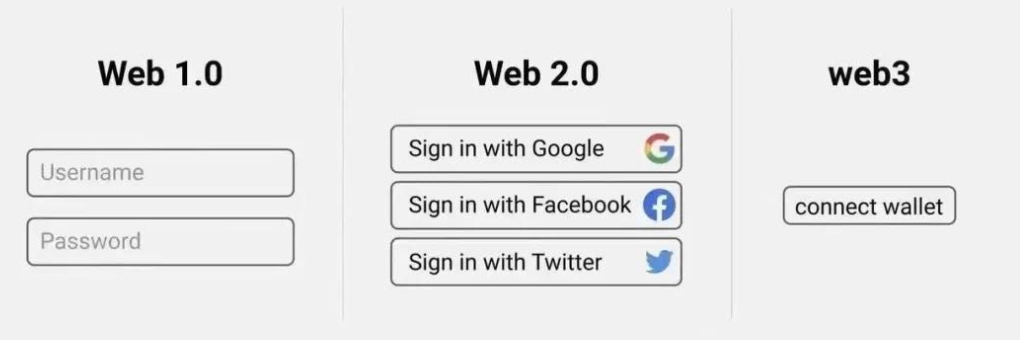
In the era of Web1 and Web2, we need to go through a cumbersome process to prove that we are account holders. Web3 only needs to sign a string with the private key of the wallet to prove the ownership of the address.
Decentralized identity (DID) will perhaps be the most important asset for Web3 users.The transparency and non-tamperability of data on the chain establishes the cornerstone of identity trust, and the cross-project reading and calling of Dapp data ensures the versatility and composability of identities. Whether it is personal reputation, NFT holdings, financial loans, bills, identity certificates, licenses and passports, etc., it can be converted into unique on-chain information that users have full control over, and access all applications through an identity protocol.
For the project side, the core group of airdrops can be easily found during the cold start phase.
For social Dapps, decentralized identities can natively establish social relationships and group relationships. Specific entry thresholds can be automatically judged natively by reading asset information and historical proofs on the address chain without proof.
Privacy revolution: multiple accounts, information authorization, private computing, private transactions
The data on the chain belongs to everyone and is also readable by everyone. Maybe you think that there is no privacy in this kind of publicity? picture
Data privacy issues can be divided into three levels: social application layer, interaction layer and data storage layer.
At the social application layer, the solution to the problem is: multiple accounts and information authorization. Multiple accounts, that is, different wallets can have different circles and identities. But if a DID can correspond to multiple wallet addresses, a more secure solution is to allow users to choose which part of the data information in the social graph and DID protocol can be read publicly.
In the interaction layer, a privacy computing protocol is introduced to allow data to be safely circulated in a "available and invisible" manner on the basis of ensuring data privacy and security.
At the data storage layer, the immutable and open nature of blockchain data contradicts privacy, and privacy issues become more complicated. Encrypting all accounts and transactions is expensive and time-consuming, as the data cannot be changed once it is on-chain. Mid-way solution may allow users to choose which part of the data needs privacy protection in advance, and store the data directly off-chain if they do not want to disclose the data.
Regarding Web3 privacy, I recommend you to read this in-depth article:Foresight Ventures: Understand the other side of Web3 "privacy", I will not discuss too much here.
Composability: Composability is to software what compound interest is to finance
Composability will put cryptocurrencies at the forefront of revolutions in finance and other industries that will fundamentally change industries like the Internet did, and will open up a new world of endless possibilities.
We believe that "composability" includes several elements:
Software composability: the ability to "directly obtain assets or data generated by other protocols and then combine them with another protocol". This continuous combination and combination makes each innovative achievement the starting point of the next round of innovation, and a more powerful model is born in the software combination. For example, the combination of lending agreement and social agreement can form "social credit".
Data composability: New products no longer need to accumulate user data from scratch. The decentralized database stores user identity information, social graph, social history and other data in the same data model (such as Ceramic) for unified access by Dapps Interoperate with native.
Identity composability: Dapp data can be read and called across projects, unlike Web2, which is isolated and stored on a centralized server, ensuring the universality and composability of user identities in the chain world.
Detachability: Users should have the right to choose to authorize only some personal information to specific and application agreements, and can cancel third-party information access at any time.
Tokenization: Come for the revenue, stay for the network
If Web2 is "come for the tool, stay for the network", then Web3 will be "come for the profit, stay for the network".

There are many interesting ways to share revenue in Web3 social applications, which deserve long-term attention:
Fan economy: Rally helps creators issue fan tokens and removes middlemen. As the popularity of creators rises, the value of tokens also rises, and creators and fans who hold tokens share this benefit.
NFTization of authored content: Mirror helps authors mint an article into NFT and initiate DAO crowdfunding. Each article NFT can be understood as a fund, and everyone can hold a certain share, and the main income of the holder is the dividend of the NFT transfer fee and the appreciation space of the share.
image description
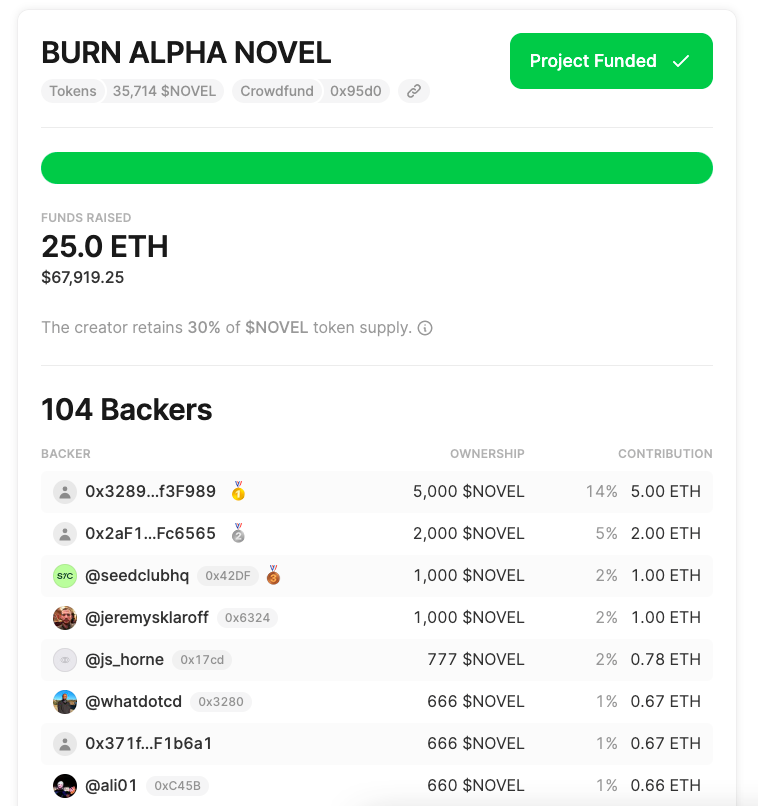
Mirror article crowdfunding
However, we can observe several common problems:
The vast majority of creators don't get enough incentives because they don't have enough fans. The most rewards or NFT crowdfunding go to the top projects, the more people who are not short of money, the more money they can get.
The Gas fee for NFT casting is too high, and the income of small and medium-sized creators and users from casting NFT may not be able to keep up with the Gas fee. In the future, the solution for NFT-driven applications is likely to be on L2 or to do Appchain on other public chains in order to reduce the cost.
Web3 social panorama
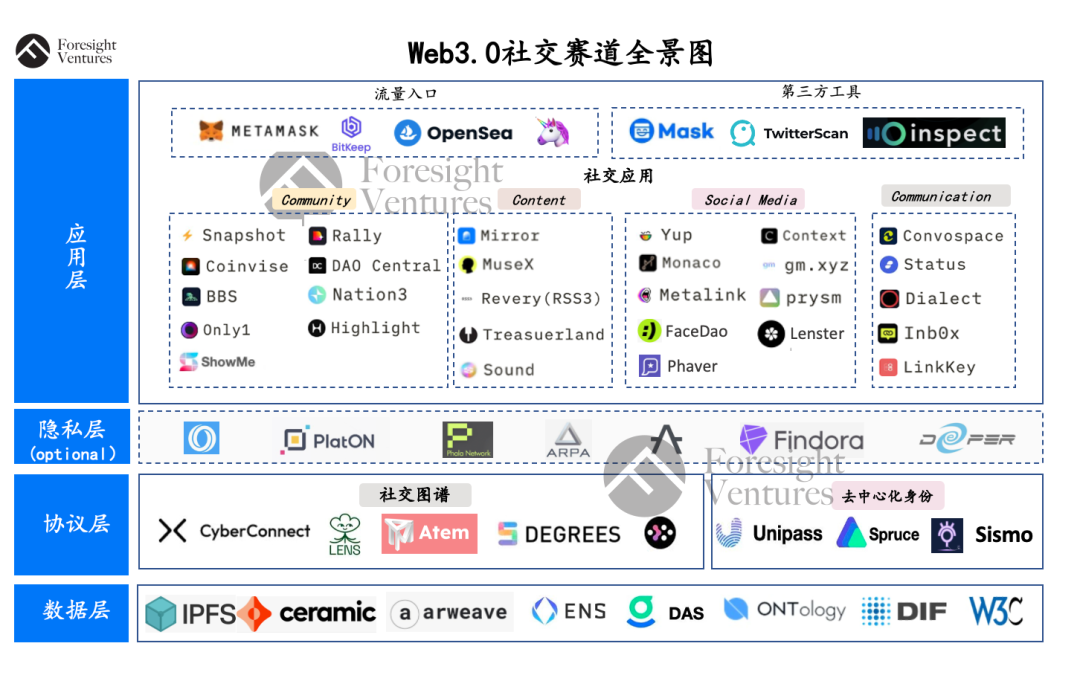
data layer
data layer
The data layer includes decentralized data networks and databases, such as Arweave, IPFS, Ceramic, Kwil, etc., which are used to store identity data, social relationships and communication content on the user chain.
Due to incomplete data on the chain and low access efficiency, some data is still in centralized servers such as AWS. As more user data is uploaded to the chain, the decentralized database will usher in a broad space for development.
Ceramic
Ceramic is a decentralized, cross-chain database service that can manage dynamic content data based on IPFS.
Ceramic solves the dynamic storage problem by storing data streams (Stream), and also provides a very powerful built-in authentication mechanism 3ID DID and IDX cross-chain identity protocol. At present, several social projects have been developed on Ceramic, such as social graph CyberConnect, Web3 Twitter Orbis, instant messaging platform The Convo Space and so on.
protocol layer
protocol layer
The protocol layer mainly includes decentralized identity and social graph protocols, which I believe will be the core layer of the social track. The main reasons are as follows:
It is extremely universal, no matter which social Dapp the user uses, the user needs to use the social graph and DID.
The protocol layer has a strong scale effect, and it is very likely that one or several universal protocols will emerge in the future.
Both the social graph and the DID track are in the early stages of development. On the one hand, a unified standard has not yet been formed within the industry;
From a broader perspective, in order to build a truly free-speech Internet environment, what we need is a protocol, not a platform. As discussed in the article "Protocol, Not Platforms", making a protocol at least gives us the possibility of freedom, and making a platform has fallen into the old discourse system of the walled garden.
Recommended reading "Protocols, Not Platforms: A Technological Approach to Free Speech" - MIKE MASNICK
social graph
Popular projects in the social graph track include CyberConnect, Lens Protocol, and 5 Degree. The basic summary is as follows:
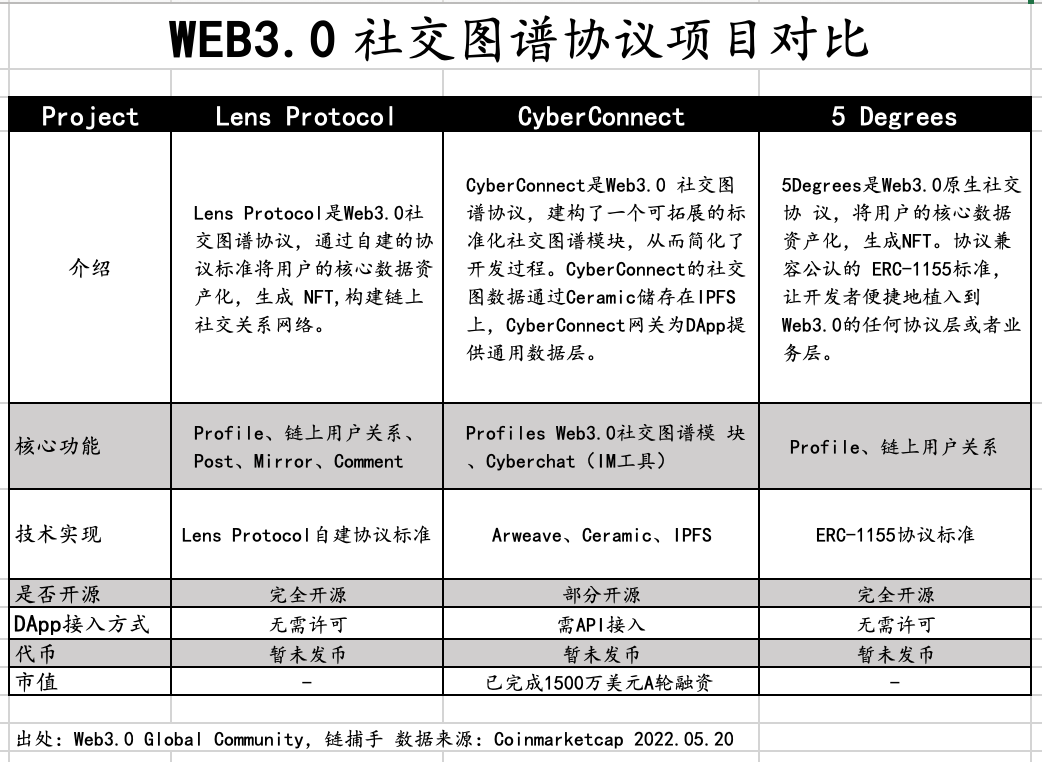
The three core products all support Profile (personal homepage) and social relationships on the chain, while Lens Protocol and CyberConnect have content and communication extensions. Let’s focus on comparing the two:
CyberConnect
CyberConnect aims to aggregate on-chain and off-chain data and provide a standard data layer. Developers can implement calls through the API. All DID relationship data and Dapp usage data will be stored on IPFS through Ceramic Network.
The advantages of this solution are lightweight and pluggable. CyberConnect has 1.4 million+ registered users, and 70+ projects have realized API access.
The disadvantage is that the functions that social graphs can currently provide are limited. At the same time, costless reading and writing of social graphs tends to generate redundant data during access. Facebook's social graph has been troubled by Zynga before, and it needs more balance in processing and accessing data.
Lens Protocol
Lens aims to become an open source social infrastructure, which converts all social relationships in the ecosystem to NFT to form a social graph; Lens also builds its own protocol standards, attracting developers to develop functional modules and applications on this basis, more like doing The idea of public chain ecology.
Advantages of Lens:
It is a smart contract on Polygon, and the composability between modules is very strong. Applications in the ecosystem can share social content, relationships, and module components; CyberConnect is an IPFS-based protocol, which is less composable.
Lens casts personal homepage, content, and fan relationship into NFT, which has strong monetization space and imagination. For example: Lens personal homepage NFT has a floor price of 10X within a month, and there will be more NFT issuance activities in the future.
Compared with the Deso social network public chain, the ecological and economic system of Lens is more open, which is very important for social networks. All social apps in the Deso ecosystem need to use $DESO tokens, but there is a clear lack of liquidity and a small number of users.
Limitations of Lens:
From the perspective of implementation, Lens has only established social connections at present, and there is still a certain distance from the graph. Developers need to grasp the data on the chain by themselves (most developers currently use The Graph).
Of course, Lens still faces another problem. Every time it interacts, it needs to call up the Fox Wallet to pay for Gas. The user experience is not smooth enough. CyberConnect stores the content in IPFS, which makes the user experience better.
The Lens ecological construction model is relatively heavy, which requires high market expansion capabilities of the project party. Lens is backed by the Aave team. It is still in the internal testing stage but the overall construction progress is good. Head projects include Phaver (Share-to-earn social application), Lenster (decentralized forum), etc. Dapps can rely on the accurate traffic of Lens Do a quick cold start. The potential for synergy between Lens and Aave's business in the future is also worthy of long-term attention.
Decentralized identity DID
Amber Group outlines the DID ecosystem in November 2021. DID is located at Layer3, at the hub of the entire ecology.
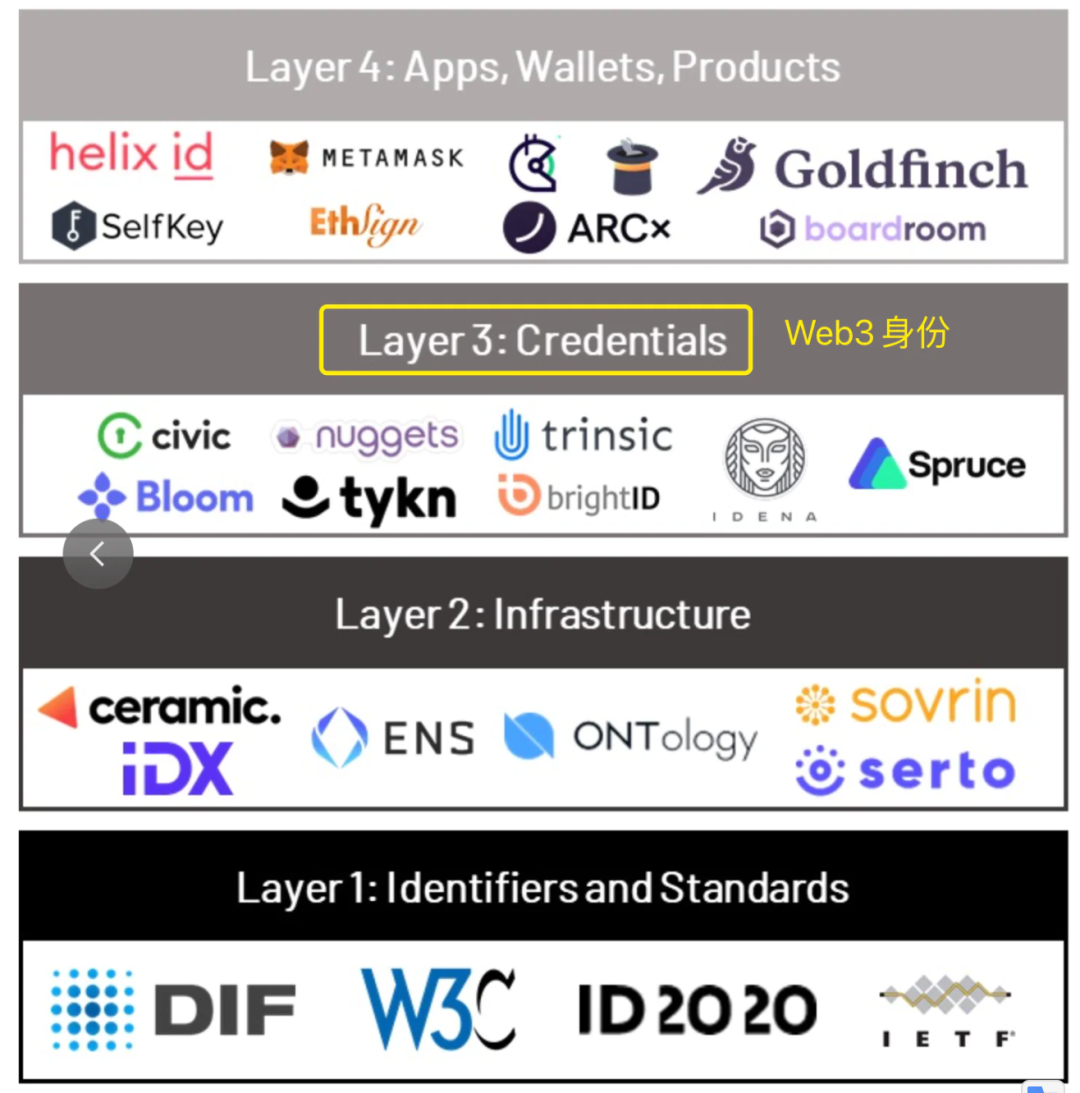
DID projects can be roughly divided into four tracks: off-chain identity authentication, on-chain identity aggregation, on-chain credit scoring, and on-chain behavior authentication. It is worth emphasizing that the mature form of DID is not yet clear and has no strict definition. Some projects are identity protocols, while others are credential networks or identity applications, and they focus on different application scenarios. The future DID is likely to be a whole with various components.
a. Off-chain authentication
Suppose a person graduated from Stanford University, worked as an engineer at Google, and has two houses in Silicon Valley. If the above information can be authenticated and bound to an address held by this person, then this will be a great opportunity for his social networking and lending on the chain. and other activities to provide blessings.
BrightID
BrightID, the poster child for real-person authentication, builds a social identity network that currently has over 57,000 users. Users need to make an appointment for a zoom video conference, and ensure the uniqueness of their identity through face recognition and review by the verification officer.
Verite
b. On-chain authentication
b. On-chain authentication
This type of DID project does not pay attention to the offline situation, but realizes the aggregation and management of identity information on the chain through the concept of "digital identity"
Unipass
Unipass is one of the representatives of such projects. What it does is the aggregation management of identities on the chain: through a Unipass ID, users can bind mailboxes, multiple ETH addresses, and connect to social graphs (CyberConnect) and information aggregation platforms (RSS3) and other protocols, and become the user's "One Pass" in Web3.
Spruce
Spruce is a digital identity authentication system, and its product suite provides support for user authentication, credentials and storage, provides data decentralized access control, and interoperability between Web2 API and Web3. Binding with Web2's existing platform account is a very good identity enhancement solution for some people who already have certain influence in Web2.
c. On-chain credit scoring
The original intention of this type of project is very straightforward - to expand the scene of Defi lending, and to find some kind of realization of the credit mechanism of the financial industry in the real world in Web3.
ARCx
By issuing "DeFi Passport", ACRx quantifies its creditworthiness based on the credit score of each DeFi Passport. Compared with the previous two types of DID projects, on-chain credit scoring projects focus more on users' "digital financial identities" and mostly use on-chain transaction data rather than their social data.
d. On-chain behavior authentication
The core logic of this type of project is to guide users to participate in activities and behaviors required by certain partners, and issue chain certification to them.
Project Galaxy
Project Glaxy is not strictly an identity protocol, but a credential network. After the user connects to the wallet, a "Galaxy ID card" can be generated, and according to the historical behavior of the address, it will automatically paste certifications such as "Uniswap trader", "OpenSea trader" and so on. The project party will be charged for interacting with Galaxy, and Galaxy will also reward the corresponding curator (data provider) tokens.
privacy layer
The privacy computing protocol is designed to allow data to flow safely in a "available and invisible" way. It mainly includes technologies such as zero-knowledge proof, secure multi-party computing, federated learning based on modern cryptography, and trusted execution element (TEE). Currently, well-known blockchain privacy computing networks include Oasis Network, PlatON, Phala Network, ARPA, Aleph Zero, Findora, and Deeper Network.
The current practical application scenarios of privacy computing networks are also relatively limited, because they are rarely adopted by industrial projects, and some technologies are still immature.
image description
application layer
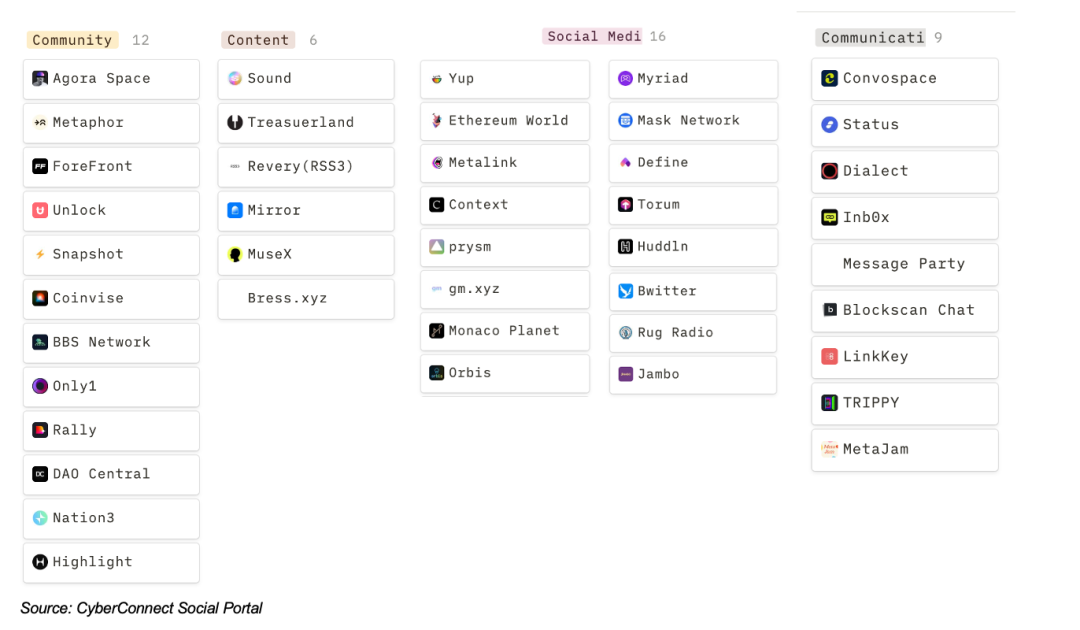
Web3 Social Application Graph - Classified by Social Forms
Social applications with low threshold may become an attempt for ordinary people to enter the vast ocean of Web3.
There are still no phenomenon-level products in the social track. The main problem is: many applications only have token acquisition scenarios, lack of consumption scenarios, and users are accustomed to "digging, withdrawing and selling", which cannot form a network effect; tokens flow to the secondary market without restriction It also led to a continued decline in prices.
The author believes that the possible forms of social products are:
NFT-based social applications. NFT holders can join the holder group, and users with high credit scores can directly find NFT buyers and sellers for P2P transactions, Swap, and loans. A typical example is Atem Network, which hopes to form a community through NFT, and users can discuss, trade and jointly manage the community in the community where they hold NFT.
Cross-platform cross-chain IM application. Users can manage friend relationships in Gamefi, Dao community, and NFT community in one Dapp, and can also know which game their friends are playing and which NFT they have bought through status updates.
Gamefi how to play gold. A typical example is Phaver, the leading Share-to-earn application in the Lens ecosystem. Users can obtain token rewards by improving the experience of others (publish high-quality content, discover high-quality content, review information), and consume tokens to improve their own experience (content pledge, purchase traffic, subscribe to paid content, mint NFT, etc.).
The big V community based on Defi experience or personal investment achievements is similar to Snowball. Users can display their personal mining experience and investment achievements on the profile page, big Vs output high-quality content to get token rewards, and can also issue fan tokens.
investment trends
investment trends
The Web3 social track is in its early stages, and the competitive landscape is still unclear; emerging business models such as social relationship NFT and fan economy deserve long-term attention.
Opportunities at the application layer: We are optimistic about social applications that can form a good economic cycle and benefit sharing, such as mirror. The core is to judge whether the product has enough wealth creation effect and sustainable tokenomics to retain core users + high-quality creators and form an endogenous economic cycle.
Opportunities at the protocol layer: In the long run, we are optimistic about protocols and data networks that can attract users to generate new relationships, identities, and badges of honor. Such products are social data infrastructure on the one hand, and C-side traffic entrances on the other.
references:
references:
decentralized identity
https://knightcolumbia.org/content/protocols-not-platforms-a-technological-approach-to-free-speech
https://twitter.com/bluesky/status/1352302821140549632
https://mp.weixin.qq.com/s/2OrIFXXTeWAKwbvl3dhlIA
decentralized identity
https://docs.galaxy.eco/
https://www.odaily.news/post/5178677
https://mirror.xyz/0x0d8c792f881c08420859FCCDA79B3C90d0A6a4cF/taV3dRgFhO7O6miDD0j2rmMM86S_NyGd1JEm6B_5vyM
social graph
https://docs.lens.dev/docs/primer
https://twitter.com/LensProtocol/status/1517161496169508865?s=20
https://docs.cyberconnect.me/overview/what-is-cyberconnect/
https://www.bitalk.com/news/detail/591822287712423936
https://mp.weixin.qq.com/s/OK75YJLOiIDD5jiNhCZsMA
https://www.8btc.com/article/6727588
https://mirror.xyz/cjhzr.eth/wdSvwdI6vpCXy2Y8JeSyhqZer18ua079_87JXj5NY-8
social application
https://www.theblockbeats.info/en/news/29155
https://mp.weixin.qq.com/s/9tc19tElEFdDj5fYcWjLig
privacy
https://mp.weixin.qq.com/s/b3wpHokezq3giknXxb1flQ
https://www.odaily.news/post/5177920
https://www.odaily.news/post/5176918
social application
https://mp.weixin.qq.com/s/iRymlN7f_sd3eYCrsJQYxA
https://www.youtube.com/watch?v=iEndGBbwa6Y
http://www.lianchaguan.com/archives/39144


